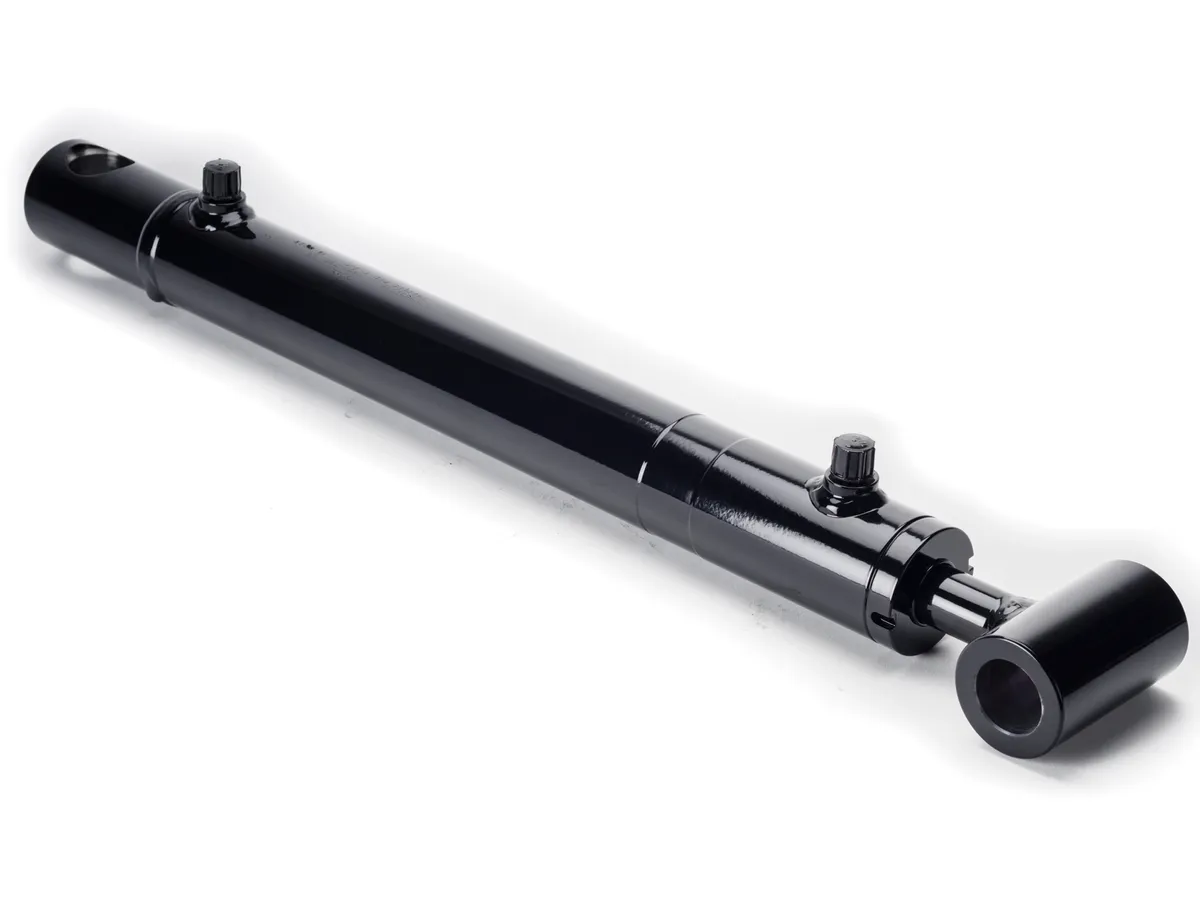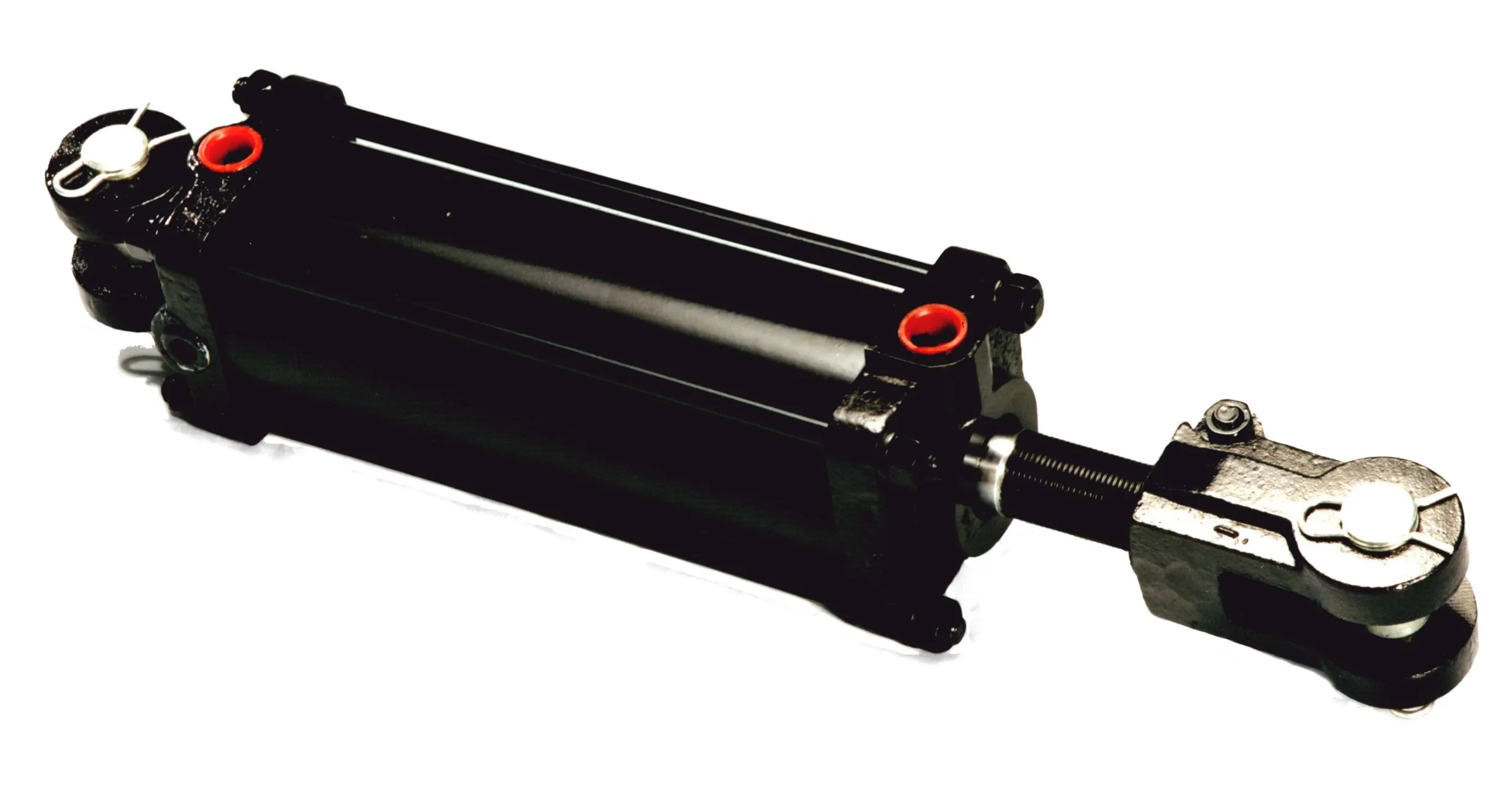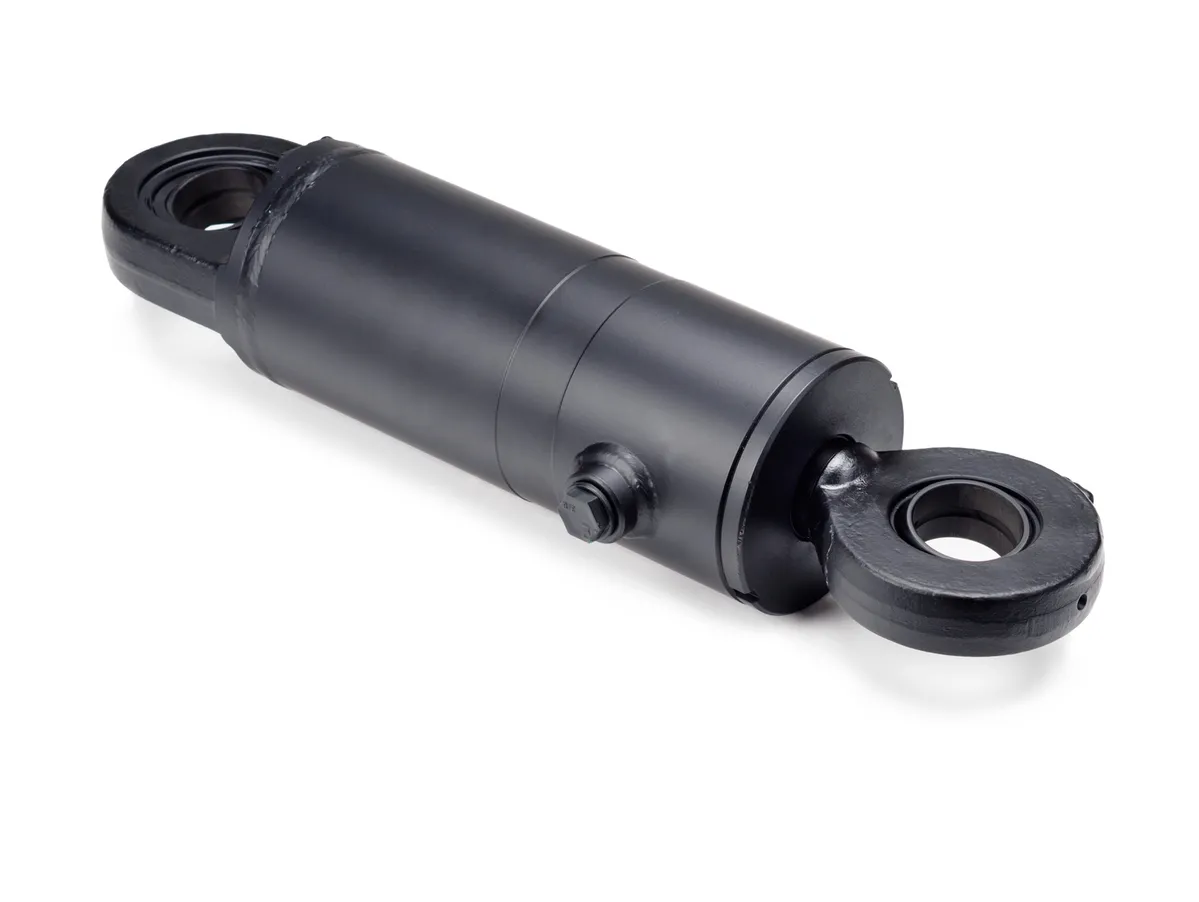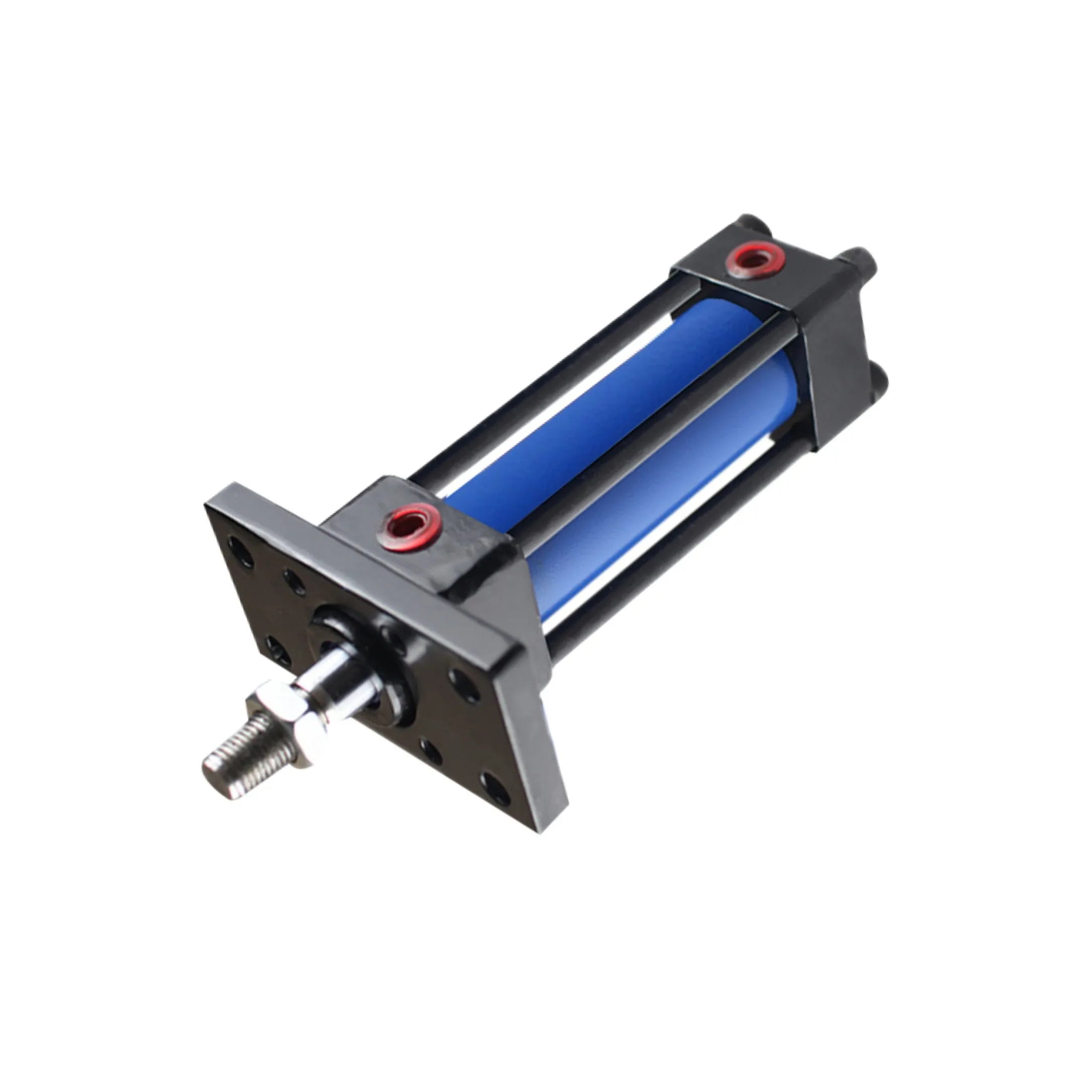Magnetic Welded Hydraulic Cylinders In Utility Vehicles
Introduction to Magnetic Welded Hydraulic Cylinders

When it comes to utility vehicles, the role of magnetic welded hydraulic cylinders cannot be overstated. These innovative components play a crucial role in the hydraulic system of utility vehicles, providing precise positioning and reliable performance. In this article, we will delve into the design, construction, working principle, types, advantages, performance characteristics, applications, design considerations, maintenance, safety considerations, and common problems of magnetic welded hydraulic cylinders.
Design and Construction Characteristics
1. Integration of Easy Magnetic Sensor: Magnetic welded hydraulic cylinders come with built-in magnetic sensors that enable contact-free position detection, improving positioning accuracy and reaction speed.
2. Welded Structure: These cylinders are constructed using advanced welding processes to enhance strength and durability, making them suitable for high-pressure and harsh environments.
3. Compact Design: Thanks to the integration of magnetic sensors, magnetic welded hydraulic cylinders can be designed to be more compact, saving space and ideal for applications with limited space.
4. Sealing Performance: The design of these cylinders includes excellent sealing materials and structures to prevent leaks and enhance reliability and safety.
Working Principle
The working principle of magnetic welded hydraulic cylinders involves the transfer of force from a liquid medium to move a piston within the cylinder. This movement generates the workload required for the application, while the sealing system ensures that pressure is maintained and released as needed.
Types and Configurations
1. Single-acting cylinders: These cylinders operate in one direction, using hydraulic pressure to extend or retract the piston.
2. Double-acting cylinders: These cylinders utilize hydraulic pressure in both directions to move the piston, providing more versatile functionality.
3. Telescopic cylinders: These cylinders consist of multiple nested sections that extend and retract to achieve different stroke lengths.
Advantages
1. Precise Positioning: Magnetic induction technology enhances accuracy and reduces wear in applications.
2. Reduced Wear: Non-contact sensing reduces component wear and extends the life of the cylinder.
3. Compact Design: Space-saving compared to traditional cylinders, ideal for tight spaces.
Performance Characteristics
1. Magnetic Position Sensing: Magnetic sensors detect piston position without physical contact, improving reliability.
2. Welded Construction: Welded joints enhance durability and strength, ensuring long-term performance.
3. Sealing Techniques: High-quality seals prevent leakage and contamination, maintaining system integrity.

Industries Where Magnetic Welded Hydraulic Cylinders Are Widely Used
1. Industrial Automation: Used in robotic systems and assembly lines for precise motion control.
2. Material Handling: Applications in forklifts and conveyor systems for efficient material transport.
3. Construction Equipment: Provides precise motion control for heavy machinery in construction projects.
Design Considerations and Selection Criteria
1. Bearing Capacity: Ensure the cylinder can handle the required load without failure.
2. Sealing: Select high-quality seals to prevent leaks and maintain system integrity.
3. Durability: Choose materials and construction methods that ensure long-term performance.

Sealing and Lubrication
Proper sealing and lubrication are essential for the performance and longevity of magnetic welded hydraulic cylinders. Using high-quality seals and regular lubrication maintenance can prevent leaks and extend the life of the cylinder.
Regular Inspection and Preventive Maintenance
1. Regular Inspection: Periodic checks for leaks, wear, and proper operation are essential for early issue detection.
2. Proper Lubrication: Ensure the cylinder is adequately lubricated to prevent friction and wear.
3. Seal Replacement: Replace worn seals promptly to prevent leaks and maintain system integrity.
Correct Installation Guide
When installing magnetic welded hydraulic cylinders, ensure proper alignment, secure mounting, and adequate lubrication. Following the manufacturer’s guidelines and specifications is crucial for optimal performance and longevity.
Safety Considerations and Environmental Factors

When using magnetic welded hydraulic cylinders, it is essential to follow safety protocols to prevent accidents and ensure worker safety. Additionally, considering environmental factors such as fluid contamination and system leaks is crucial for environmental protection.
Fault Diagnosis and Common Problems
1. Fault Diagnosis: Common issues such as leaks, seal wear, and sensor malfunctions can be diagnosed through thorough inspection and testing.
2. Troubleshooting Tips: Providing solutions to common problems can help users address issues promptly and minimize downtime.
Questions and Answers
1. How do magnetic sensors work in these cylinders?
2. What are the main advantages of using magnetic welded hydraulic cylinders?
3. In which industries are these cylinders commonly used?
Long Tail Keywords
1. Magnetic Welded Hydraulic Cylinder: A durable and efficient component for utility vehicles.
2. Precision Magnetic Welded Cylinder: Ensures accurate positioning and reliable performance.
3. Compact Magnetic Hydraulic Cylinder: Ideal for space-limited applications in utility vehicles.
Our Company
We are a leading hydraulic cylinder manufacturer specializing in magnetic welded hydraulic cylinders for utility vehicles. With a wide range of products, international certifications, customization services, advanced production equipment, and dedicated after-sales support, we are committed to delivering high-quality solutions to our customers worldwide.
Author: lyl
